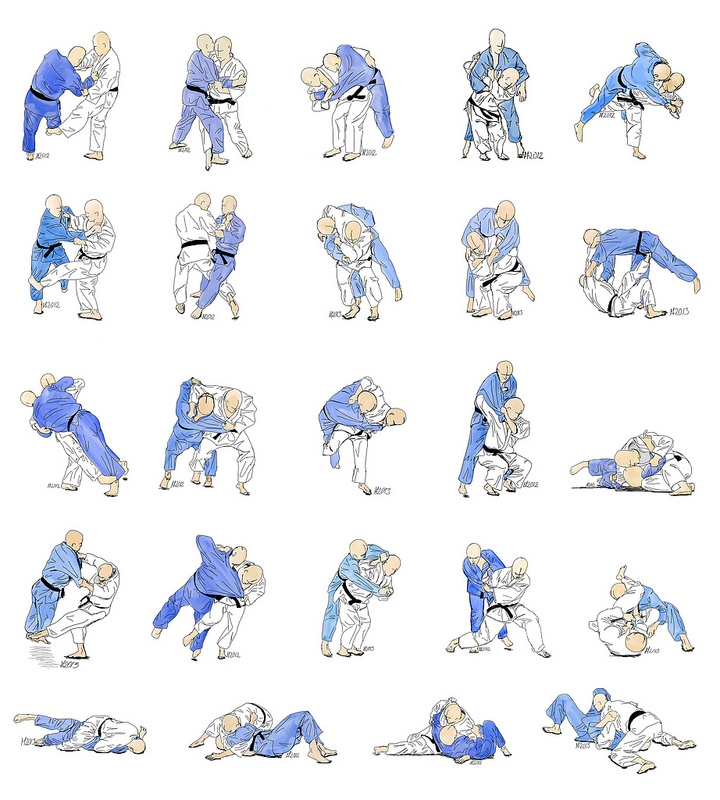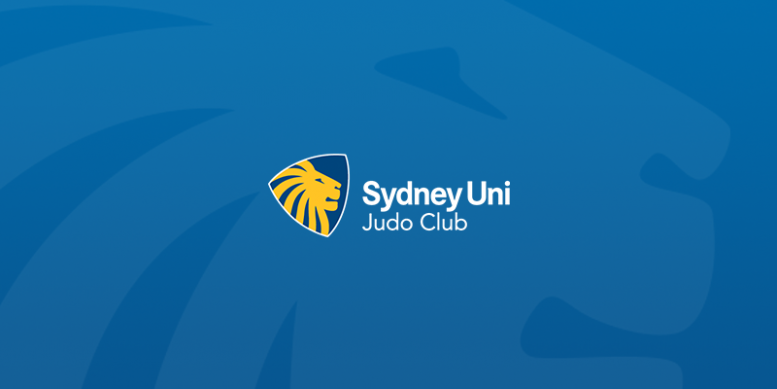Judo evolved from the ancient martial art of jujitsu, the methods of unarmed combat employed by the samurai as a last resort when their weapons were lost or broken in battle.
Why do Judo?
Judo consists of throwing and grappling techniques to suit all shapes and sizes. It is a real fighting sport where you actually come to grips with your opponent, specialising in close-in fighting – just what you need for effective self-defence. It emphasises free-form practice rather than rigid, repetitive routines, and this freedom of expression provides interest, enjoyment and a challenge for any tactician.
The benefits of judo are numerous. Apart from having a lot of fun and meeting people, the ‘judoka’ develops confidence, coordination and balance, falling skills, efficiency of movement, and self-defence skills. It is the perfect activity for improving one’s physical fitness, as training in judo improves aerobic capacity, flexibility and strength, and is an excellent activity to complement other sports. Indeed the principles of judo can not only be applied to other sports, but as a way of approaching and living life.

A Brief History of Judo
Judo evolved from the ancient martial art of jujitsu, the methods of unarmed combat employed by the samurai as a last resort when their weapons were lost or broken in battle. In 1873 the Japanese government banned the samurai from wearing their weapons in public, and jujitsu became popular with the warrior class. However, it soon began to lose popularity with the public, and it was from here that the martial art of Judo – the gentle way – was developed by Jigoro Kano.
Kano had degrees in literature, politics and political economy. He developed judo at a time of great modernisation and industrialisation when the Japanese people were on guard against anything inefficient or antiquated. By 1882 he was acknowledged as master and had established his own school – the Kodokan. In 1886 the Tokyo police department arranged a competition to find out which was the best form of unarmed combat for its officers. Fielding a team, judo defeated all other martial arts without losing a single bout!

Judo has since spread rapidly around the world. Although Kano died in 1938, the momentum rolled on; the first World Championships were held in 1953, and by 1964 it was on the Olympic program.
Following is an excerpt from a lecture given by Jigoro Kano, entitled ‘The Contribution of Judo to Education’.
The object of this lecture is to explain to you in a general way what judo is. In our feudal times, there were many military exercises such as fencing, archery, the use of spears, etc. Among them was the one called Jujitsu which was a composite exercise, consisting principally of the ways of fighting without weapons; using, however, occasionally daggers, swords and other weapons.
The kinds of attack were chiefly throwing, hitting, choking, holding down and bending or twisting the opponents arms or legs in such a way to cause pain or fracture. The use of swords and daggers was also taught. We also had multitudinous ways of defending ourselves against such attacks. Such exercise, in its primitive form, existed even in our mythological age. But systematic instruction, as an art, dates only from about three hundred and fifty years ago. In my younger days I studied the art with three eminent masters of the time. The great benefit I derived from the study led me to make up my mind to go on with the subject more seriously, and in 1882 I started a school of my own and called it Kodokan. Kodokan literally means, a school for studying the way, the meaning of the way being the concept of life itself. I named the subject I teach Judo instead of jujitsu. In the first place I will explain to you the meaning of these words. Ju means gentle or to give way, Jutsu, an art or practice, and Do, way or principle, so that Jujitsu means an art or practice of gentleness or of giving way in order to ultimately gain victory; while Judo means the way or principle of the same.
Besides the acquisition of useful knowledge, we must endeavour to improve our intellectual powers, such as memory, attention, observation, judgement, reasoning, imagination etc. But this we should not do in a haphazard manner, but in accordance with psychological laws, so that relation of those powers one with the other shall be well harmonised. It is only by faithfully following the principle of maximum efficiency – that is Judo – that we can achieve the object of rationally increasing knowledge and intellectual power.
Can this principle be applied to other fields of human activity? Yes, the same principle can be applied to the improvement of the human body, making it strong, healthy and useful, and so constitutes physical education. It can also be applied to the improvement of intellectual and moral power, and in this way constitutes mental and moral education. It can at the same time be applied to the improvement of diet, clothing, housing, social intercourse, and methods of business, thus constituting the study and training of living. I gave this all -pervading principle the name of “Judo”. So Judo, in its fuller sense, is a study and method in training of mind and body as in the regulation of life and affairs.

